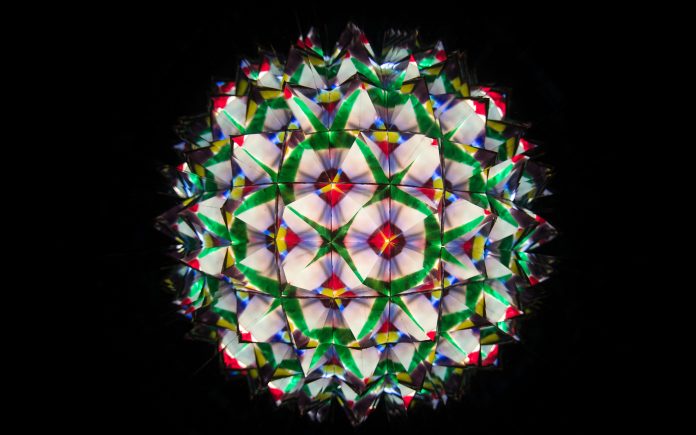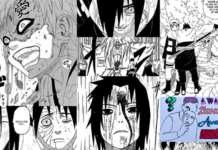
When I found out that National Kaleidoscope Day was in December (the 11th), I did a little happy dance because I have always been fascinated with kaleidoscopes. The kaleidoscope was created by a scientist, Sir David Brewster in 1815 to be used as a tool to study the polarization of light, but it became a very popular toy and continues so to this day.
Making a kaleidoscope is such a fun way to explore light, reflections and symmetry. Check out these websites to learn how.
Little Bins for Little Hands
This website is one of my go-to places to find science, technology, engineering, art and music activities better known as STEAM activities. You can find out how to make a simple kaleidoscope that uses every component of STEAM to create a homemade kaleidoscope with a Pringles can! There are easy-to-follow directions with photos. To get to the site, click here.
Buggy and Buddy
This site has directions on how to make a kaleidoscope using an empty toilet paper roll and a few other things such as a bendy straw. The project might be more doable for younger kids. There are excellent directions and photos to help you end up with the final product! To get all the information, click here.
Science Fair Project
When my son was in elementary school, he made a kaleidoscope for his science fair project one year. He used mirrors and sequins to create it, and then made a poster that explained how the reflection of light made it work. He won first place, and I used that kaleidoscope throughout my 40+ years of teaching elementary science!







